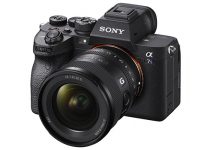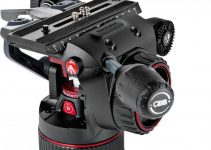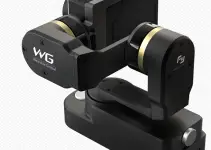James Cameron has always enjoyed pushing the boundaries of imaging technology to make his movies. Now, over a decade since the release of the original Avatar, we have Avatar: The Way of Water (aka Avatar 2) coming out and with it Cameron has made some crazy camera rigs to realize his vision.
This film is even more special effects heavy than the original – which revolutionized VFX work and became one of the highest-grossing movies of all time. With new challenges related to Avatar 2’s special effects and water-heavy scenes new technology was needed. Frame Voyager takes a closer look at the new camera setup Cameron used for this film.
Lightstorm Entertainment is the production company that James Cameron founded and they had to make a few unique cameras for Avatar 2. Some of them even needed to work underwater.
In the behind the scenes photos you can see how the rig is a bit different than your usual. It has two lenses pointing in completely different directions, for example. This is a 3D camera, which is actually two Sony VENICE cameras put together.
Obviously, a big reason for the camera choice is that the VENICE delivers top-tier image quality.
Now, we need to talk about the 3D elephant in the room. Many have claimed that 3D has been dead for years, but Cameron feels strongly about the format and thinks it elicits a better response from the viewer.
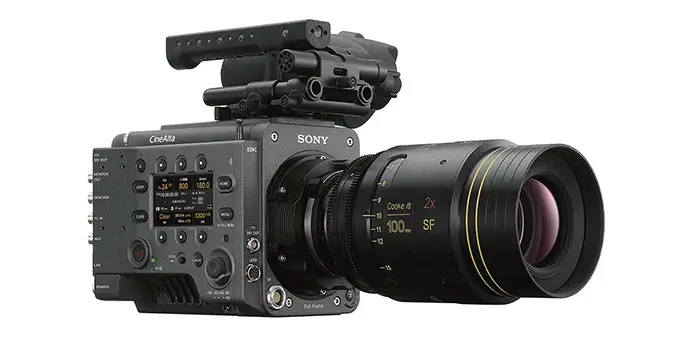
Image Credit: Sony
This setup is going to be using one lens shooting forward and a second lens shooting into a prism to capture the second perspective. It’s actually based on what they used on Terminator 2 3D and then the digital version they made for the original Avatar.
Both cameras need to be operated in perfect unison.
3D systems were never easy to use. Even where one camera was set to just match exactly what the other camera was doing would sometimes cause inconsistencies that were less than ideal.
Another problem was that you usually wanted the lenses to be side by side, much like your own eyes. With cameras you run into technical issues with physical size and being able to control how much of that 3D shift you wanted to capture.
The beam splitter was a good solution for this problem since the cameras were no longer side by side and you have full control over positioning. Plus, it could actually be used handheld.
The VENICE system actually has the Rialto Extension Unit that could move the sensor away from the huge camera body. This made it a lot easier to make this rig.
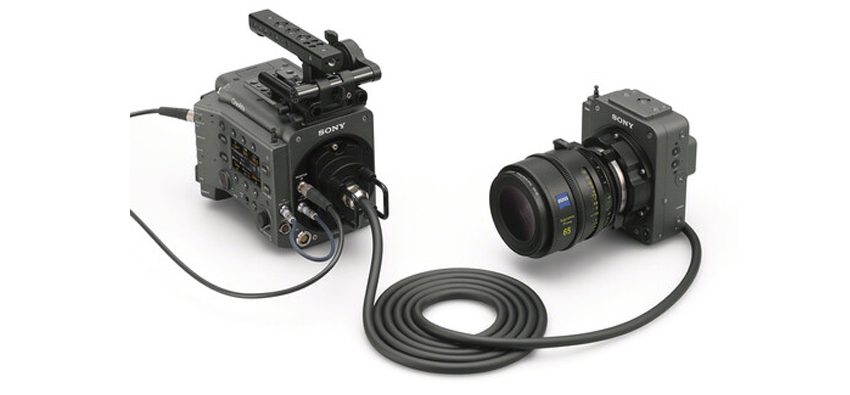
Image Credit: Sony
For virtual sets and motion capture data they relied on another system. Virtual cameras are needed then. They were able to integrate data captured from the 3D rig and virtual and CGI systems to create the full scene.
The underwater shots are something of a mystery. It is technically possible to create an insane waterproof version of the 3D rig, but they could’ve also done some motion capture and virtual camera work to make those shots happen.
Is 3D worth it today? It seems to have faded away, but virtual reality is a growing field and might be the solution to actually view it as intended. Or, there are new projector technologies on the way that can pull off the 3D look without the need for 3D glasses – perhaps the most annoying part of the 3D movie experience.
What do you think about Avatar 2 and its fun new camera tech?
[source: Frame Voyager]
Order Links:
- Sony VENICE 2 Digital Motion Picture Camera (B&H)
Disclaimer: As an Amazon Associate partner and participant in B&H and Adorama Affiliate programmes, we earn a small comission from each purchase made through the affiliate links listed above at no additional cost to you.


